ENG
Venezuela, Carabobo, Guacara
Two years ago from the Pandemic that kept us locked up at home for some time. Little by little we are resuming our daily outings and daily activities, resuming contact with the outside world, that is how, over the weekend, I decided to visit Guacara, a town in my native Venezuela.
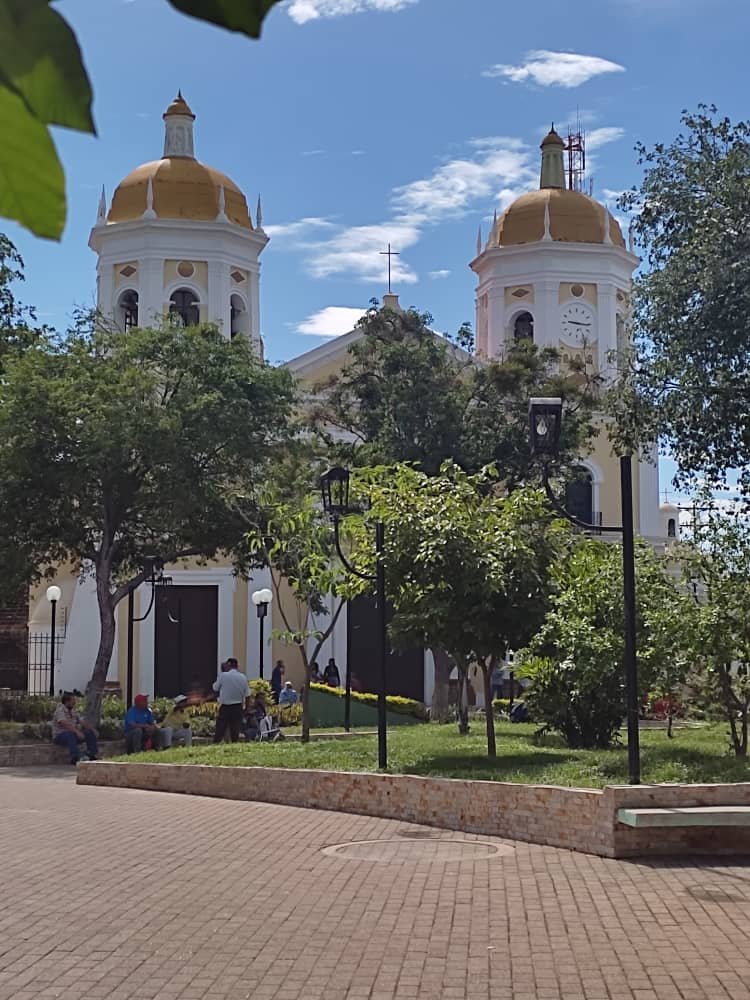
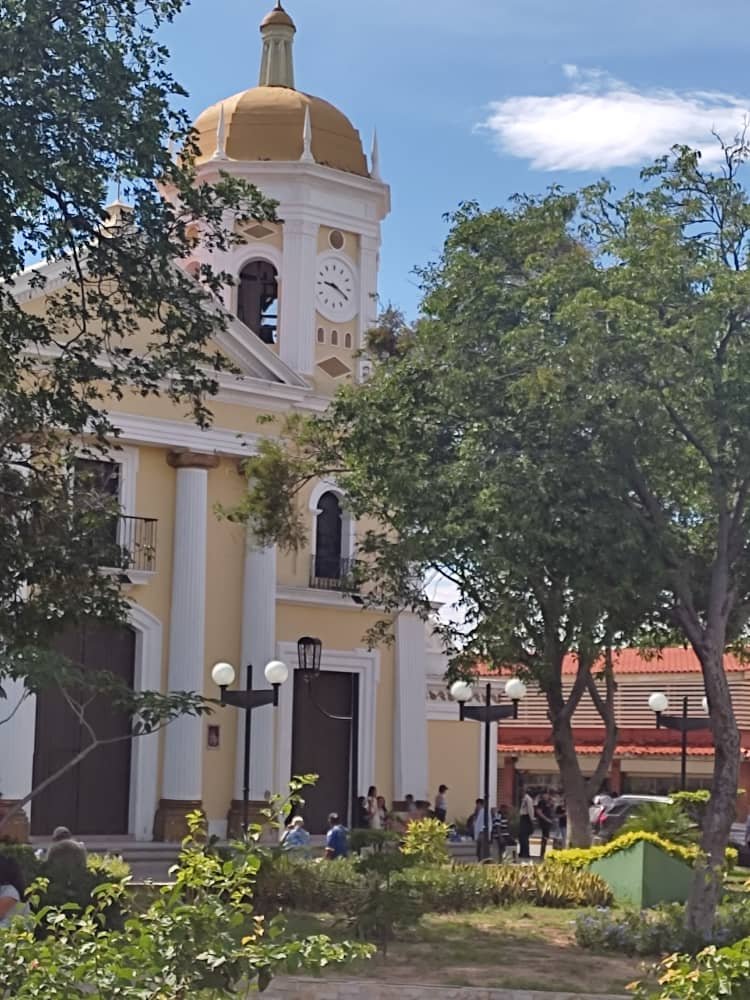

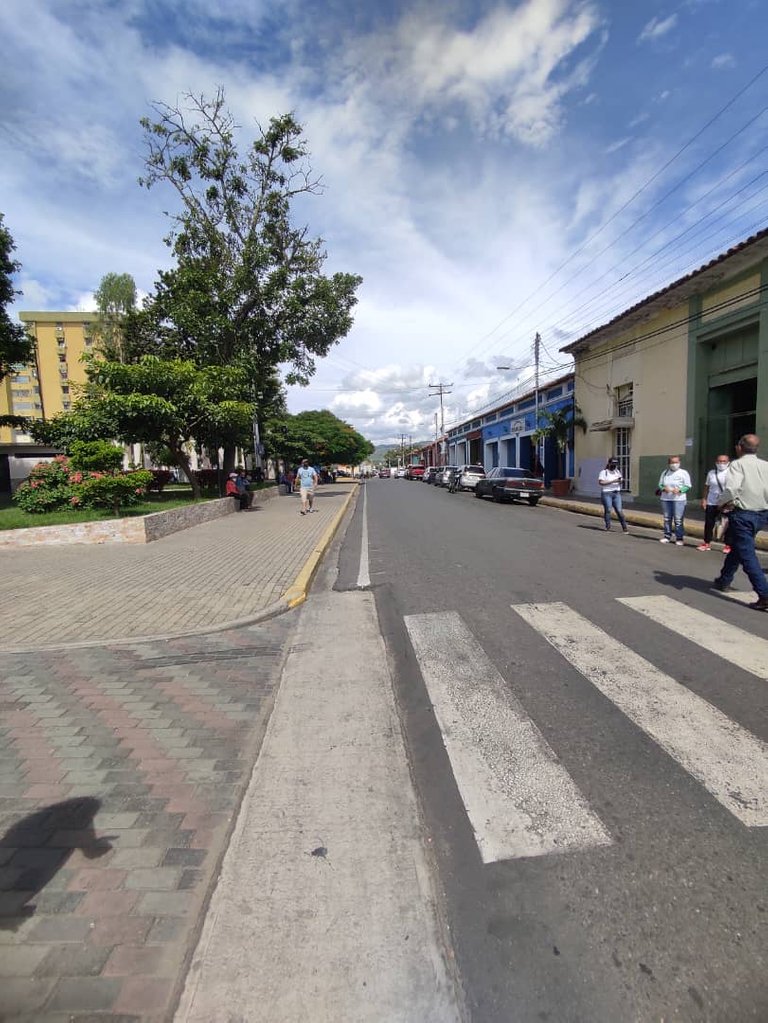
Guacara, is a Venezuelan city, capital of the Guacara Municipality, of the Carabobo State in the Central Region of Venezuela. It was first founded as a town of Indians in 1624 with the name of San Agustín de Guacara. It is part of the Metropolitan Area of Valencia (the Greater Valencia), with which it forms a conurbation where the most important industrial areas of the country are located. On this occasion, I decided to focus my visit on two emblematic points of said municipality, such as: Cathedral and Plaza Bolivar.
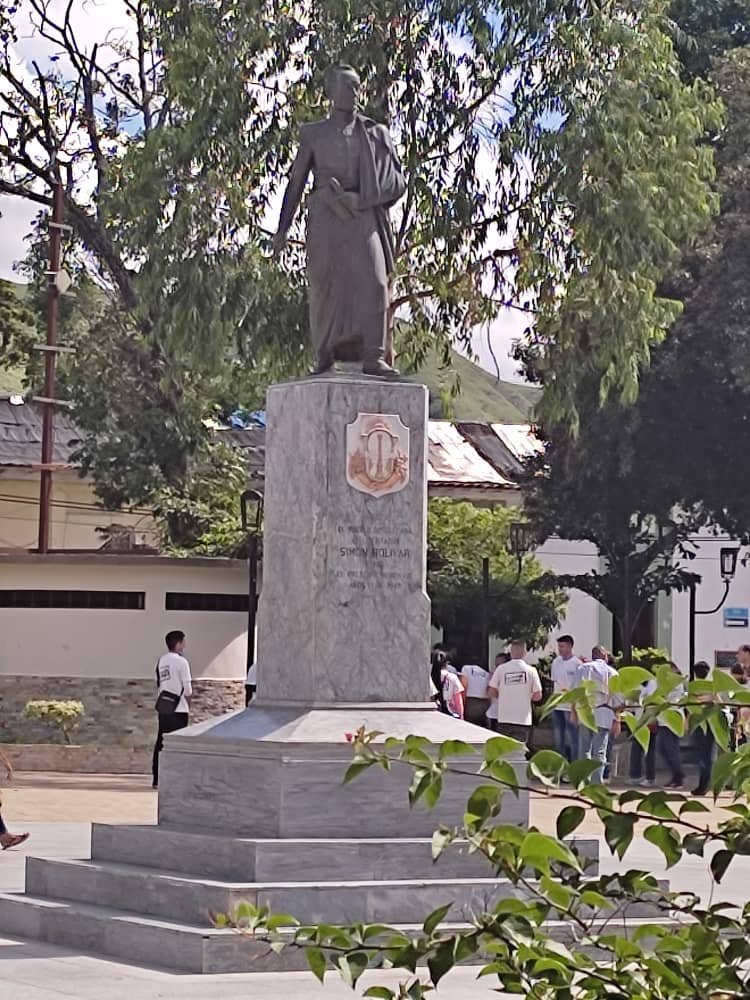


San Agustín Cathedral in the center. It should be noted that the City of Guacara had some straw churches from the first decade of the 17th century; however, the first known church is the one built by Father Manuel Pérez in 1624. These straw churches tended to disappear as the masonry ones were built, and the first of these was built by Don Agustín Nicolás de Herrera in 1687, on the site it occupies today, but it was totally destroyed by the earthquake of 1812. This was reported by the priest of the time, Archbishop Colly Prat, clarifying that he had moved to say mass in the new house of the Marquis del Toro, until build a caney to later build a new church, which began to be built in 1845. In the church of Guacara is the Cristo de las Violetas, the one to whom Simón Bolívar asked for grace to win the Battle of Vigirima on 25 November 1813, carried out by the illustrious hero José Félix Ribas who, with his battalion of student warriors, defeated Colonel Salomón and his Granada regiment in Vigirima.
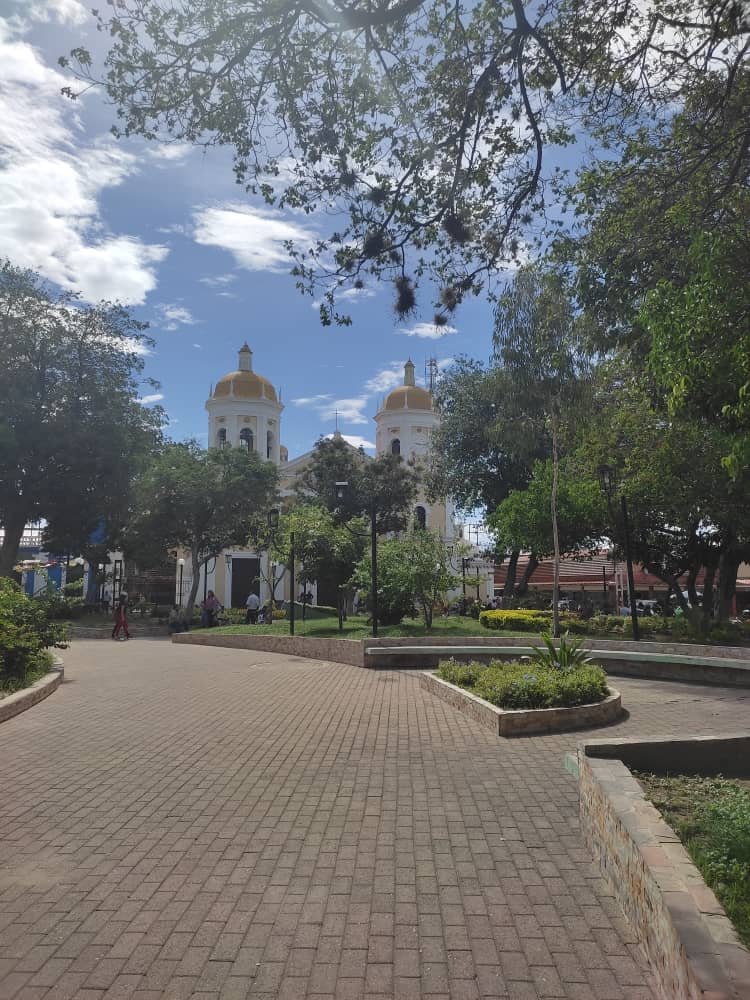
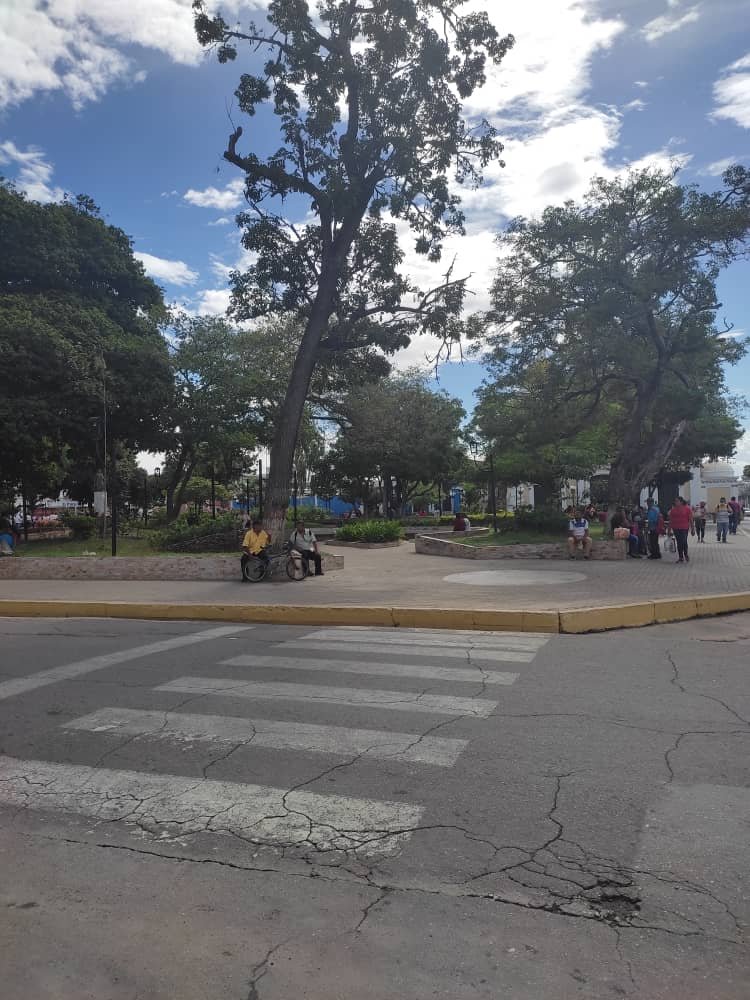
Plaza Bolívar de Guacara in the center. The space that Plaza Bolívar de Guacara occupies today belonged to the Wallis family in the second half of the 19th century and was used by the athletes of that time in the game of baseball with quotes, undoubtedly the antecedents of our modern baseball and to which later it became the "Ibarra Vicente Wallis" alameda in 1880, planting trees and building gardens. In 1884, this alameda was transformed into Ibarra Park by agreement of the Municipal Council, in whose recital that family was praised, especially Archbishop Francisco de Ibarra y Herrera, the first archbishop of Venezuela, and his two nephews: Diego, who was the first aide-de-camp del Libertador, and Andrés, who accompanied him in his last moments. It remained that way until 1948, when by decree of the municipality Plaza Bolívar was designated.
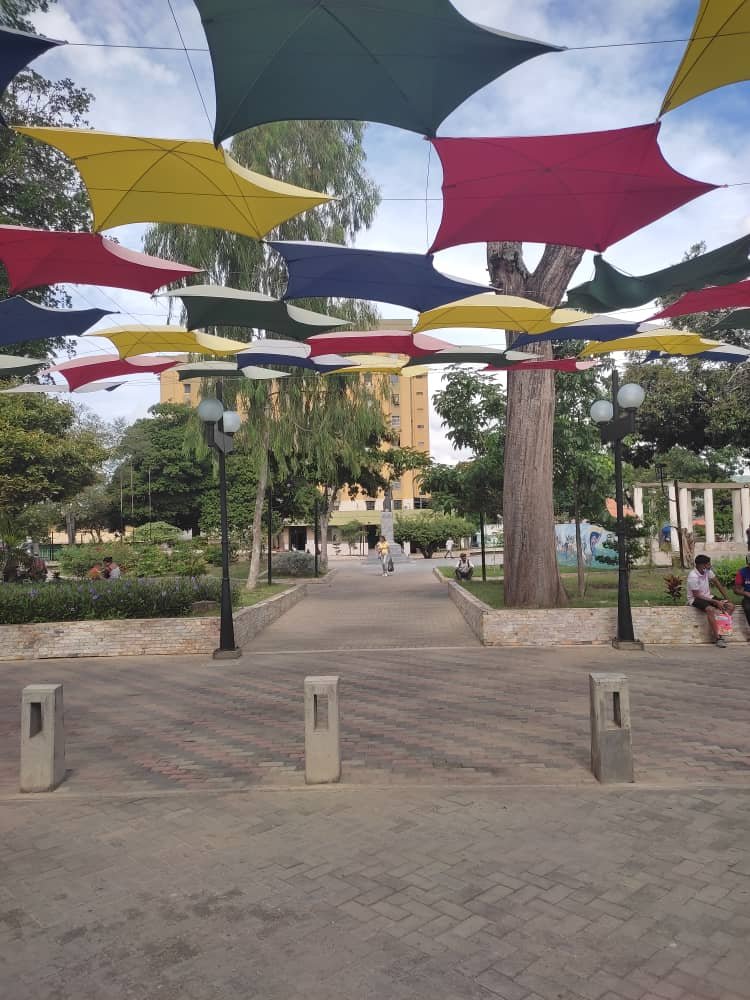
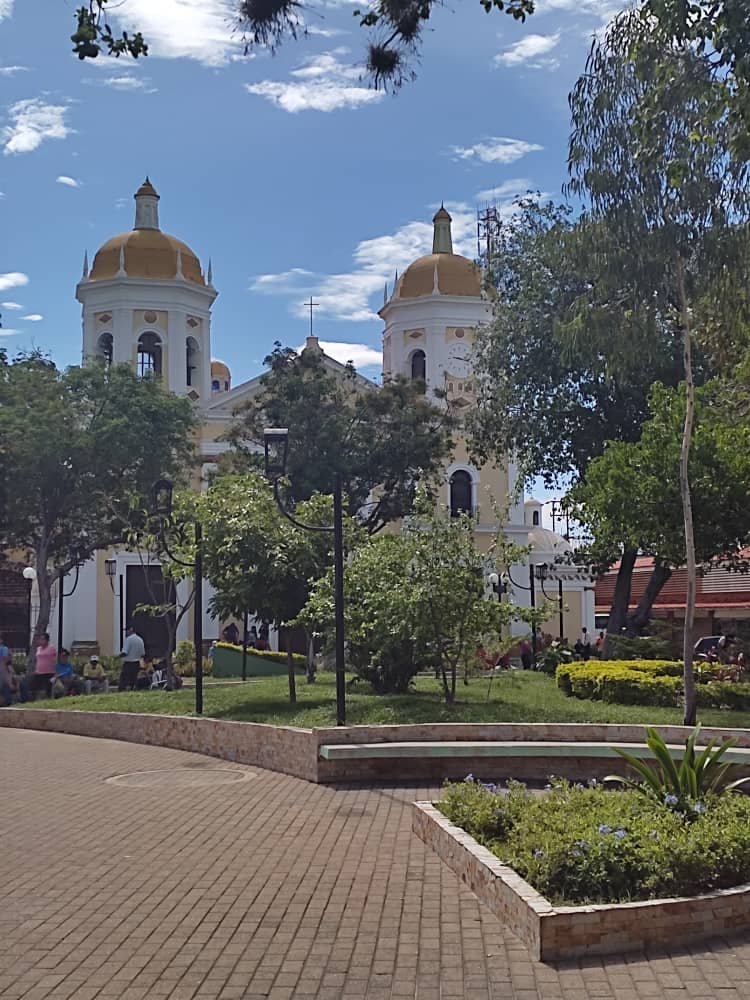
In the graphs that I expose for the time I decided to make my tour, I could only capture more especially the square, the church was closed at the time, but I present its facade.

ESP
Venezuela, Carabobo, Guacara
Hace dos años de la Pandemia que nos mantuvo encerrados en casa durante algún tiempo. Poco a poco vamos retomando nuestras salidas cotidianas y actividades diarias, retomando el contacto con el mundo exterior, es así, cómo el fin de semana decidí visitar Guacara, una localidad de mi país natal Venezuela.




Guacara, es una ciudad venezolana, capital del Municipio Guacara, del Estado Carabobo en la Región Central de Venezuela. Fue fundada primero como pueblo de indios en 1624 con el nombre de San Agustín de Guacara. Forma parte del Área Metropolitana de Valencia (la Gran Valencia), con la que forma una conurbación donde se asientan las zonas industriales más importantes del país.En esta oportunidad, decidí centrar mi visita en dos puntos emblemático de dicho municipio, cómo son: La Catedral y la Plaza Bolivar.



Catedral San Agustín en el centro. Cabe destacar que la Ciudad de Guacara contó con algunas iglesias pajizas a partir de la primera década del siglo XVII; sin embargo, de primera iglesia que se tenga noticia es la construida por el padre Manuel Pérez en 1624. Estas iglesias pajizas tendían a desaparecer a medida que se iban construyendo las de mampostería, y la primera de éstas la construyó Don Agustín Nicolás de Herrera en 1687, en el sitio que hoy ocupa, pero fue destruida totalmente por el terremoto de 1812. Así lo informó el sacerdote de la época el arzobispo Colly Prat aclarándole que se había mudado a decir misa en la casa nueva del Marqués del Toro, hasta tanto construyera un caney para más tarde levantar una nueva iglesia, la que se comenzó a edificar en 1845. En la iglesia de Guacara se encuentra el Cristo de las Violetas, aquel al cual Simón Bolívar pidió gracia para vencer en la Batalla de Vigirima un 25 de noviembre de 1813, llevada a cabo por el ilustre prócer José Félix Ribas que, con su batallón de estudiantes guerreros derrota en Vigirima, al Coronel Salomón y su regimiento de Granada.


Plaza Bolívar de Guacara en el centro. El espacio que hoy ocupa la Plaza Bolívar de Guacara pertenecía hacia la segunda mitad del siglo XIX a la familia Wallis y era usado por los deportistas de entonces en el juego de la pelota con cotiza, antecedentes sin duda alguna de nuestro moderno béisbol y al que después convirtió en la alameda “Ibarra Vicente Wallis” en 1880 arborizándolo y construyendo jardines. Para 1884 fue transformada esta alameda en parque Ibarra por acuerdo del Concejo Municipal, en cuyo considerando se elogiaba a esa familia, en especial al arzobispo Francisco de Ibarra y Herrera, primer arzobispo de Venezuela, y a sus dos sobrinos: Diego, quien fuera primer edecán del Libertador, y a Andrés, quien lo acompañó en sus últimos momentos. Así permaneció hasta 1948, cuando por decreto de la municipalidad fue designada Plaza Bolívar.


En las gráficas que les expongo por la hora en que decidí realizar mi recorrido, sólo pude capturar más en especial la plaza, la iglesia por la hora estaba cerrada, pero les presento su fachada.
Congratulations, your post has been added to Pinmapple! 🎉🥳🍍
Did you know you have your own profile map?
And every post has their own map too!
Want to have your post on the map too?
Source of potential text plagiarism
Plagiarism is the copying & pasting of others' work without giving credit to the original author or artist. Plagiarized posts are considered fraud.
Guide: Why and How People Abuse and Plagiarise
Fraud is discouraged by the community and may result in the account being Blacklisted.
If you believe this comment is in error, please contact us in #appeals in Discord.